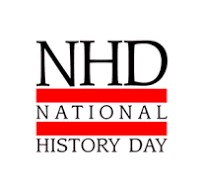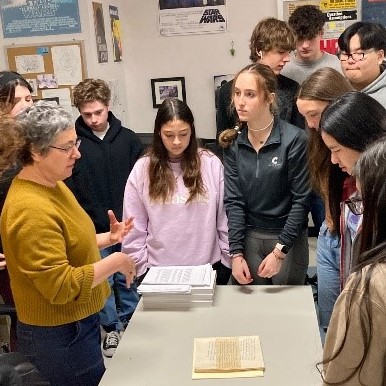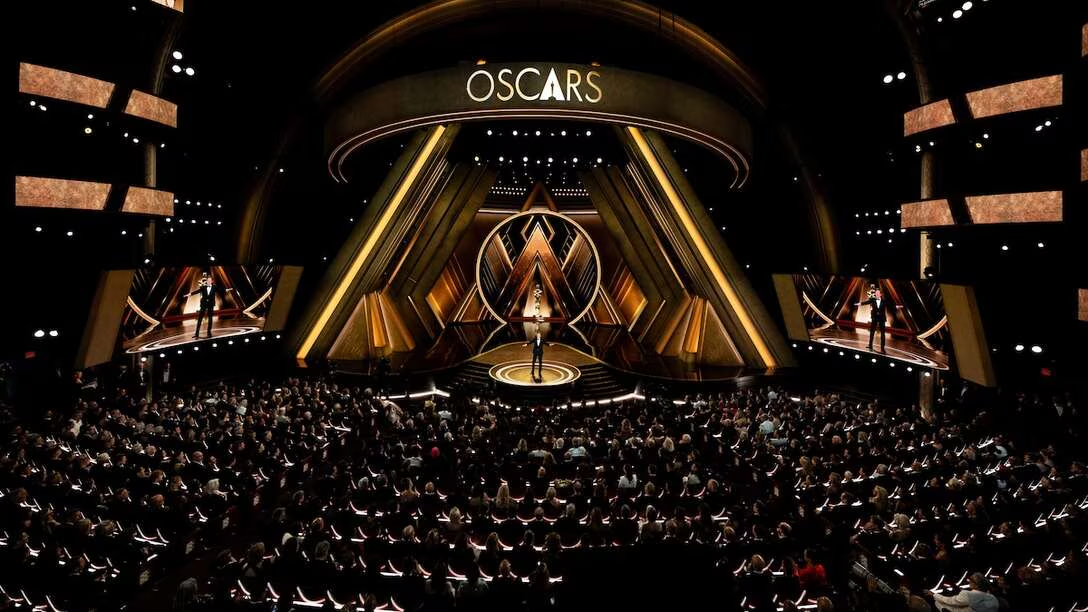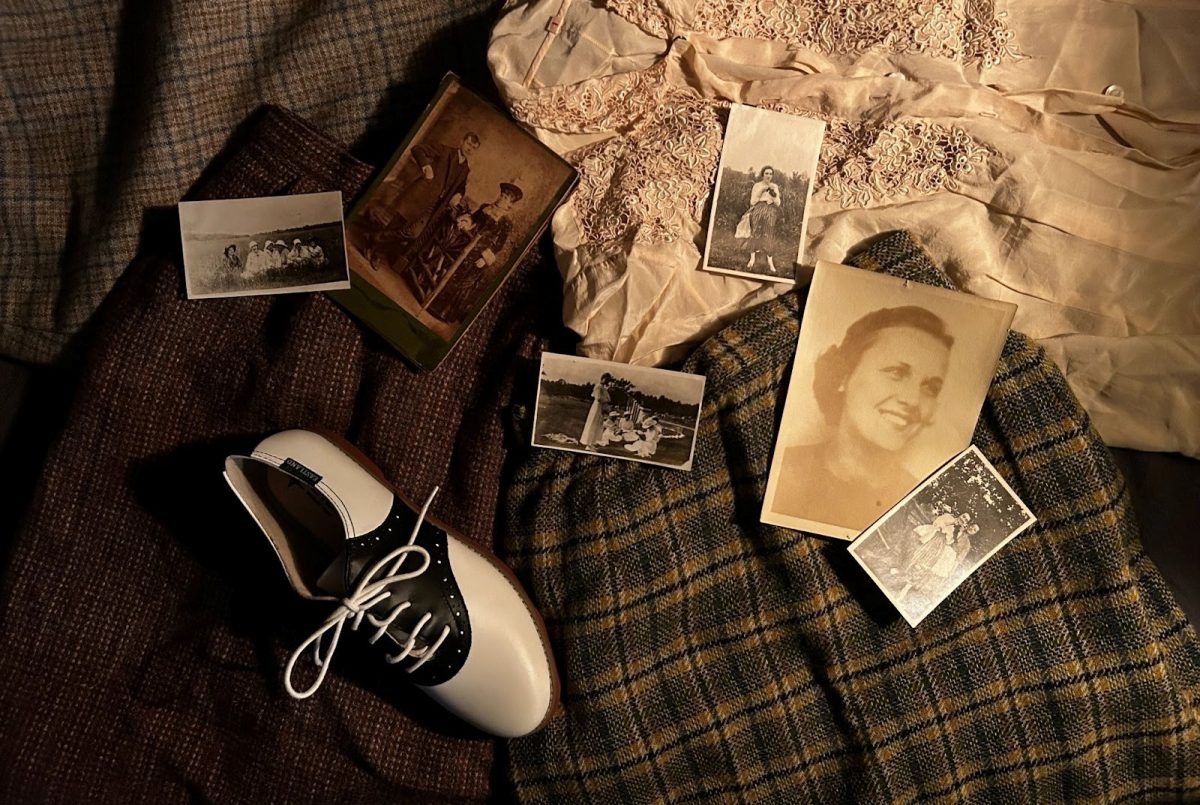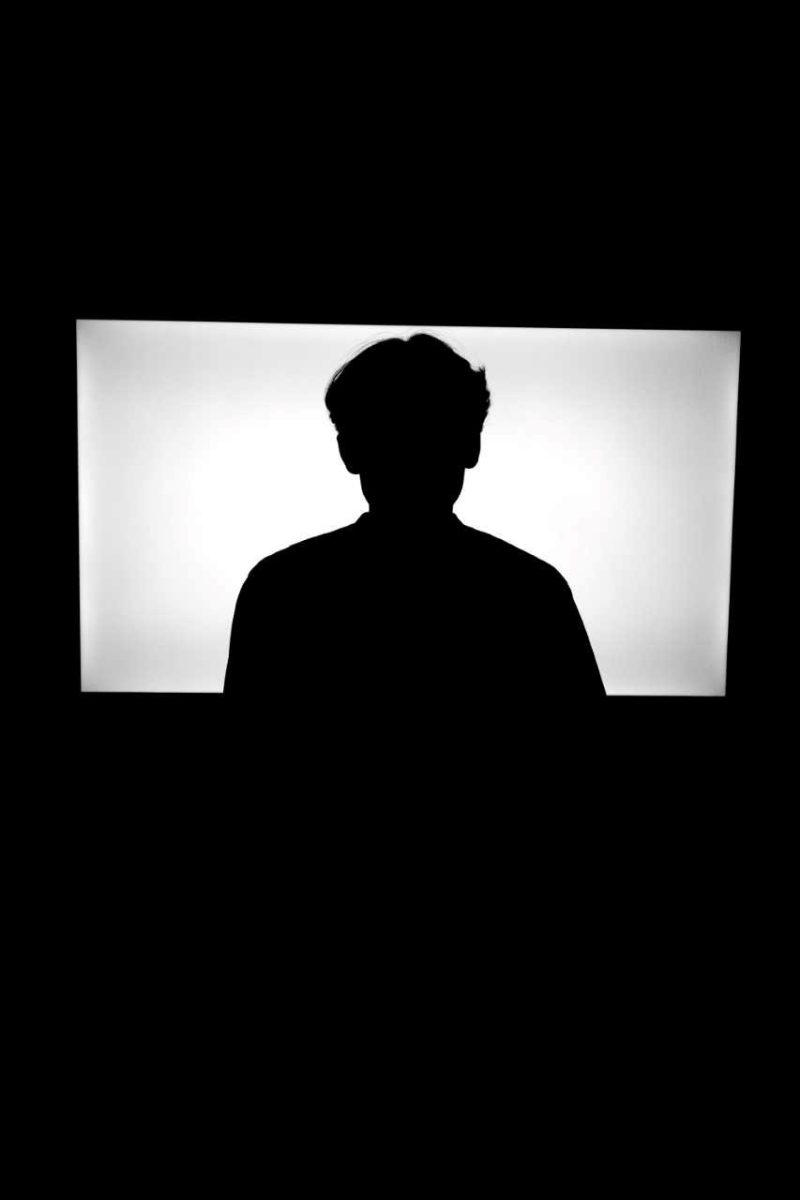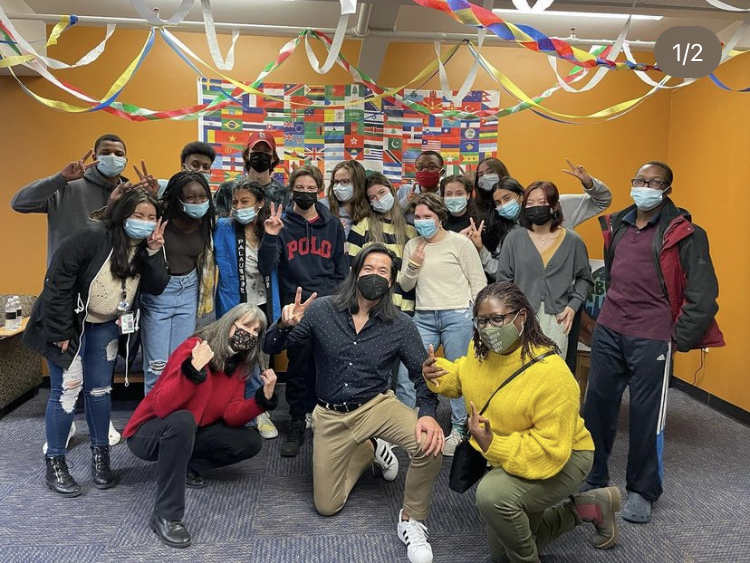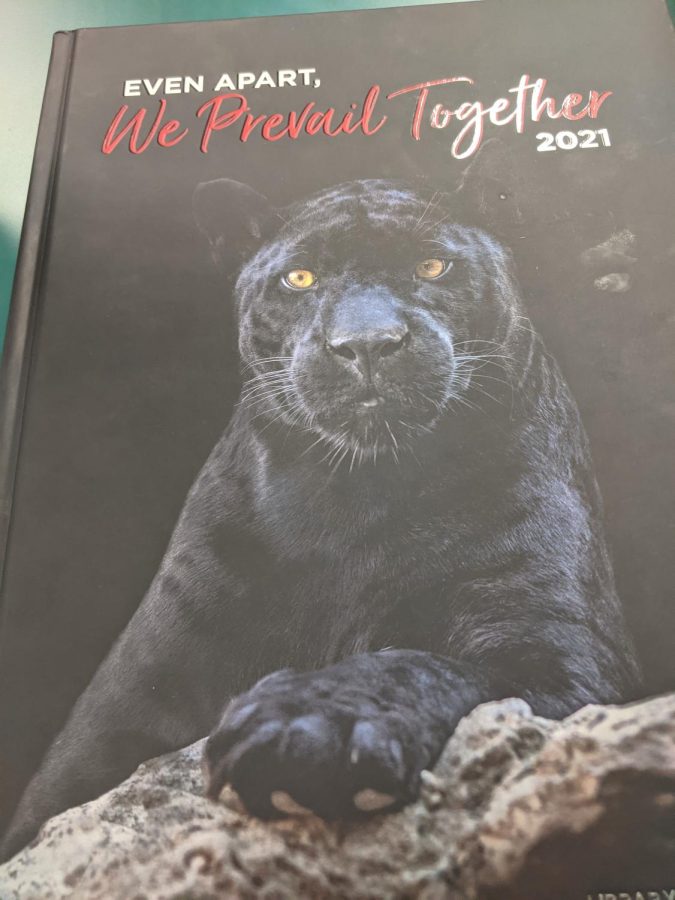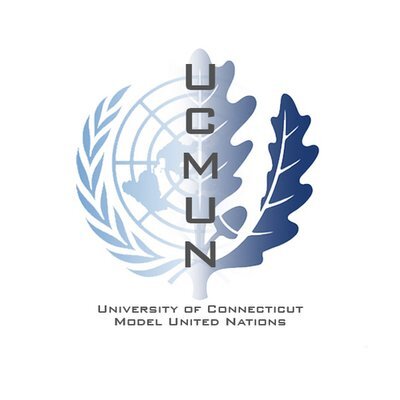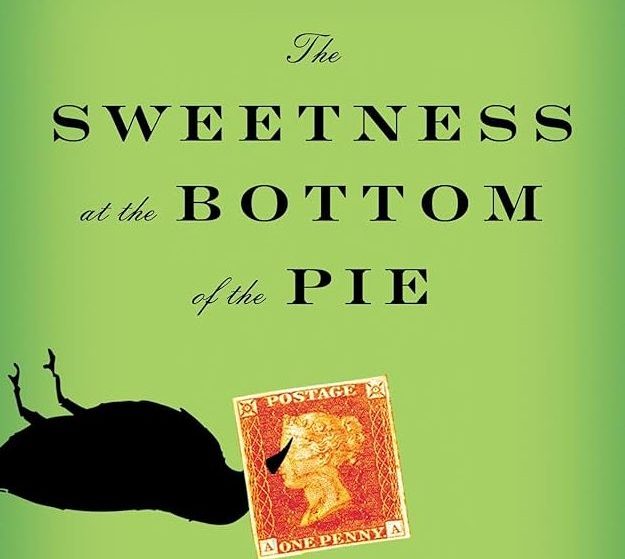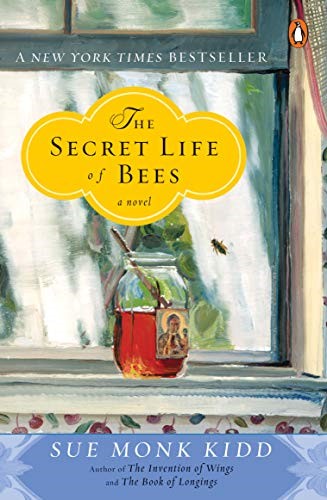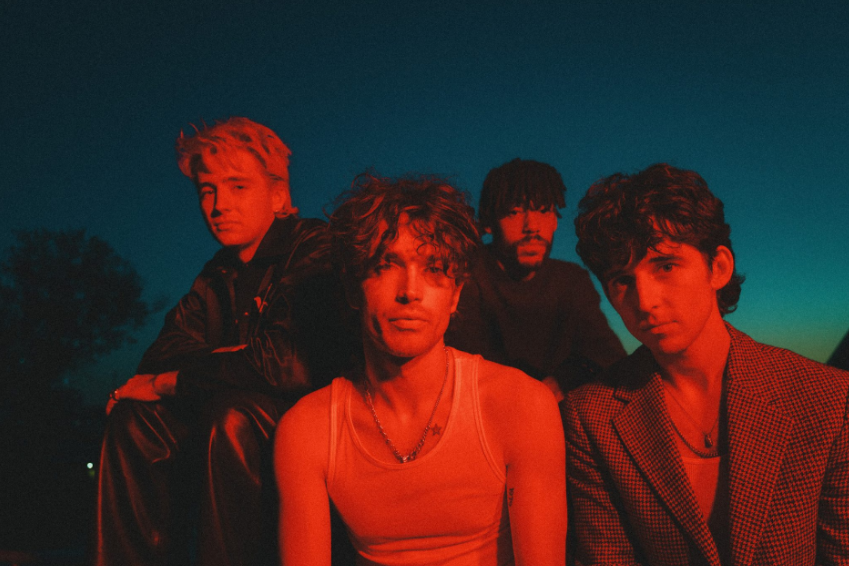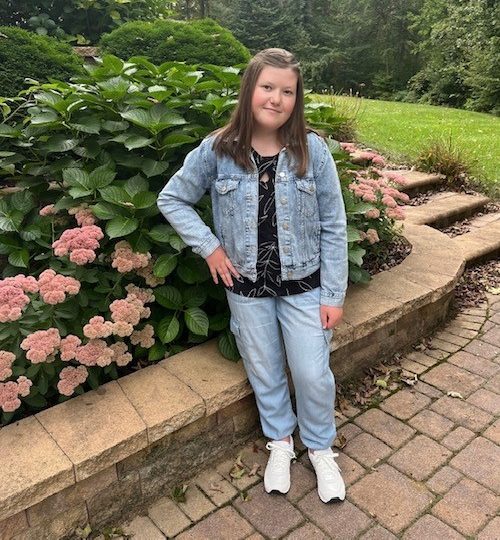Cultural Center Opening: A New Look for E.O.
Cultural Center Commands Attention, Values Respect
Members of CAB, Dr. Anne Gebelein, Dr. Jason Chang, and Kiedra Taylor at the opening of the cultural center
September 19, 2022
Upon entering the LMC, a vibrant splash of color commands our attention: the cultural center. Immediately, our eyes spot a sign that reads, “Ask Me About My Culture.” There are books representing many different cultures lying on the table and a spirited collage of all the flags from countries all over the world, but this sign is by far the boldest statement: Ask me about my culture. There is no question mark at the end of this statement; no tactful evasions were taken. No, this sign is saying: “We’re not dilly-dallying anymore, we are not continuing this façade of inclusivity.” Ask me about my culture, and this school will step out of the whitewashed history books’ version of my culture into reality. The Cultural Center is E.O. Smith’s first real attempt to not only capture some of this reality, but to actively make the case for it: ask me about my culture.
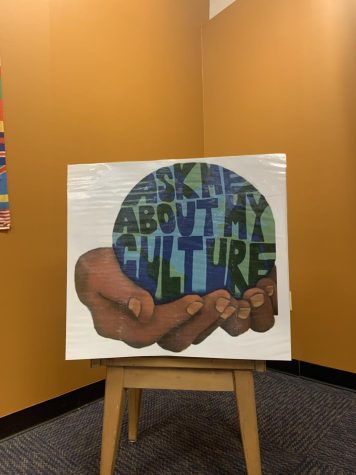
The build up of the Black Lives Matter protests in 2020 left students at E.O. Smith feeling the need to be proactive, to do something with this momentum and make the school a place where students of color could thrive. Like any movement, the first step for change is beginning to have conversations. That is exactly what the Cultural Awareness Brigade (CAB) did. The student-led club, under the guidance of Dr. DeLoreto, our principal, and other staff members, was created in October 2020 to advocate for students of color while spreading cultural and racial awareness. CAB has worked tirelessly at this goal, and the result of their work was unveiled last school year with the opening of the Cultural Center in the LMC.
The Cultural Center is meant to be a place where minority students can feel recognized and safe within the school. It goes without saying that students should feel this way anywhere in the school, but it is not enough to assume that they do, and in many cases such a statement is not an accurate account, either. As author and Africana Studies scholar Ibram X. Kendi writes in his book How to be an Antiracist, “The opposite of ‘racist’ isn’t ‘not racist.’ It is ‘antiracist.’” The ambivalence that has coated the subject of race, and that of culture, is no longer; ‘allowance’ and ‘tolerance’ are stepping back from their role in the vernacular of the community. As CAB member and co-vice president of the junior class Julia Healy-Parera proclaimed at the unveiling, “Creating the Cultural Center is a statement: We care. We care, and we’re here, and we are committed to make a difference.” The Cultural Center’s statement is a landmark: This is the first official place in the school dedicated to the embracement of all students.
Along with CAB members Felicia Famularo, Molly O’Rourke, MJ Devivo, Julia Healey-Parera, and founder Aminieli Hopson, three guest speakers from the University of Connecticut – Dr. Anne Gebelein, Associate Director of El Instituto: Institute of Latino/a, Caribbean, and Latin American Studies, Keidra Taylor, a PhD student of English, and Dr. Jason Oliver Chang, Director of Asian and Asian American Studies Institute – vocalized the pertinence of the center in the school. “This feels really special to me being here, helping inaugurate this space because I really needed this space when I was in high school,” remarked Dr. Chang. “I graduated with a D- from high school. I was not a very promising individual, but it was because of spaces like this, spaces created by students, that helped me find a path.” His experience with student centers is one that CAB aims to recreate with the Cultural Center.
As senior MJ Devivo of CAB reflected, “Not only are we going to have this area but we’re going to work on making the whole school a place where everyone can feel free to voice their opinions without feeling judged or feeling conscious about their skin, or their race, or where they’re from. Our work here isn’t done.” She wasn’t lying. Late last year in collaboration with Deliberation and Discourse students, CAB hosted their Lead to Learn Summit in the Cultural Center and LMC. The summit was aimed at training identified leaders in the school community on how to have difficult conversations, how to stand up for what they believe in, and, most potently, how to cultivate a community that is open to change.
As summer rolled around, the Cultural Center closes its doors until the fall, but the hope is the momentum will not be lost this year. Student advocation in centers like these, as Dr. Chang phrased it, “have been the compass for really great change.” The Cultural Center, where active dialogue and communication are encouraged for underrepresented members of our school community, is now the heart of the metamorphosis E.O. Smith will undergo.
